why can't oven canning ever be safe?
jeminijad
13 years ago
Related Stories

KITCHEN DESIGNTrending Now: 25 Kitchen Photos Houzzers Can’t Get Enough Of
Use the kitchens that have been added to the most ideabooks in the last few months to inspire your dream project
Full Story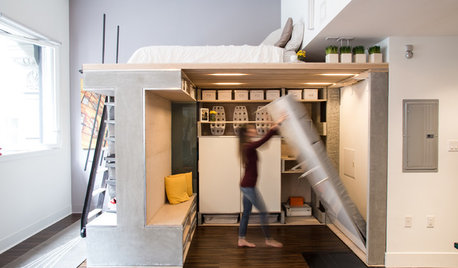
SMALL SPACESHouzz TV: You Won’t Believe Everything This Tiny Loft Can Do
Looking for more floor space, a San Francisco couple hires architects to design a unit that includes beds, storage and workspace
Full Story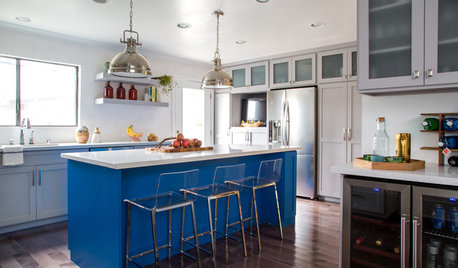
KITCHEN OF THE WEEKKitchen of the Week: We Can’t Stop Staring at This Bright Blue Island
A single mom updates her childhood kitchen, so she and her daughter have a functional and stylish space
Full Story
PETS5 Finishes Pets and Kids Can’t Destroy — and 5 to Avoid
Save your sanity and your decorating budget by choosing materials and surfaces that can stand up to abuse
Full Story
COLOR8 Color Palettes You Can't Get Wrong
Can't decide on a color scheme? Choose one of these foolproof palettes for a room that feels both timeless and fresh
Full Story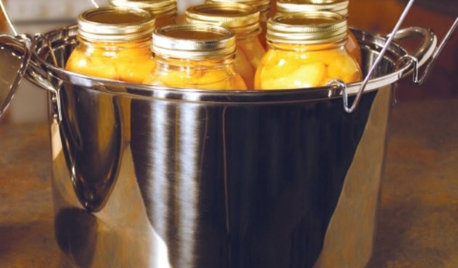
PRODUCT PICKSGuest Picks: Canning, Preserving, Steaming, Dehydrating
20 products to help make fall produce last through the season and beyond
Full Story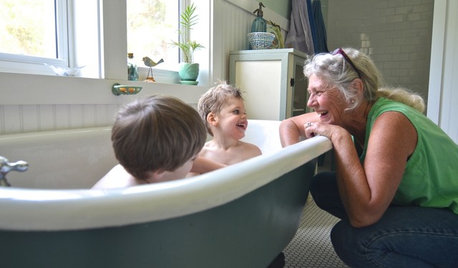
BATHROOM MAKEOVERSFrom Canning Porch to Beautiful Vintage Bath in Oregon
Thrifty finds and DIY labor transform a cramped space into a serene hotel-style bath on a budget
Full Story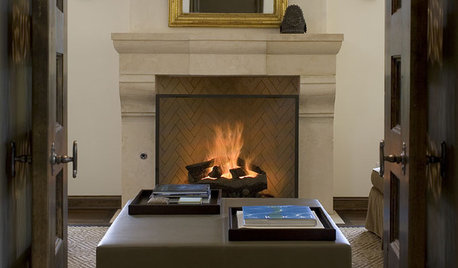
FIREPLACESRumford Fireplaces Are Hotter Than Ever
Higher efficiency and good looks are leading homeowners back to this 18th-century fireplace design
Full Story
DECORATING GUIDES10 Design Tips Learned From the Worst Advice Ever
If these Houzzers’ tales don’t bolster the courage of your design convictions, nothing will
Full Story
GARDENING AND LANDSCAPINGPlan for Summer: Protect Your Family With a Safe Pool
Fencing, presence detectors and non-slip materials help keep your pool area accident-free
Full StorySponsored
Columbus Area's Luxury Design Build Firm | 17x Best of Houzz Winner!
More Discussions






readinglady
digdirt2
Related Professionals
Wrentham Landscape Architects & Landscape Designers · New Bedford Landscape Architects & Landscape Designers · Roxbury Crossing Landscape Architects & Landscape Designers · Jackson Landscape Contractors · Americus Landscape Contractors · Goodlettsville Landscape Contractors · Holtsville Landscape Contractors · Lynn Landscape Contractors · Oakland Landscape Contractors · Oxnard Landscape Contractors · Welby Landscape Contractors · Austin Roofing & Gutters · Manchester Roofing & Gutters · Chattanooga Driveway Installation & Maintenance · Grand Rapids Driveway Installation & MaintenanceLinda_Lou
val_s
nikkis1000
readinglady
digdirt2
food_lover
readinglady
soonergrandmom
2ajsmama
digdirt2
Tuggy3
readinglady
piecuch
theforgottenone1013 (SE MI zone 5b/6a)
piecuch
digdirt2
piecuch
digdirt2
theforgottenone1013 (SE MI zone 5b/6a)